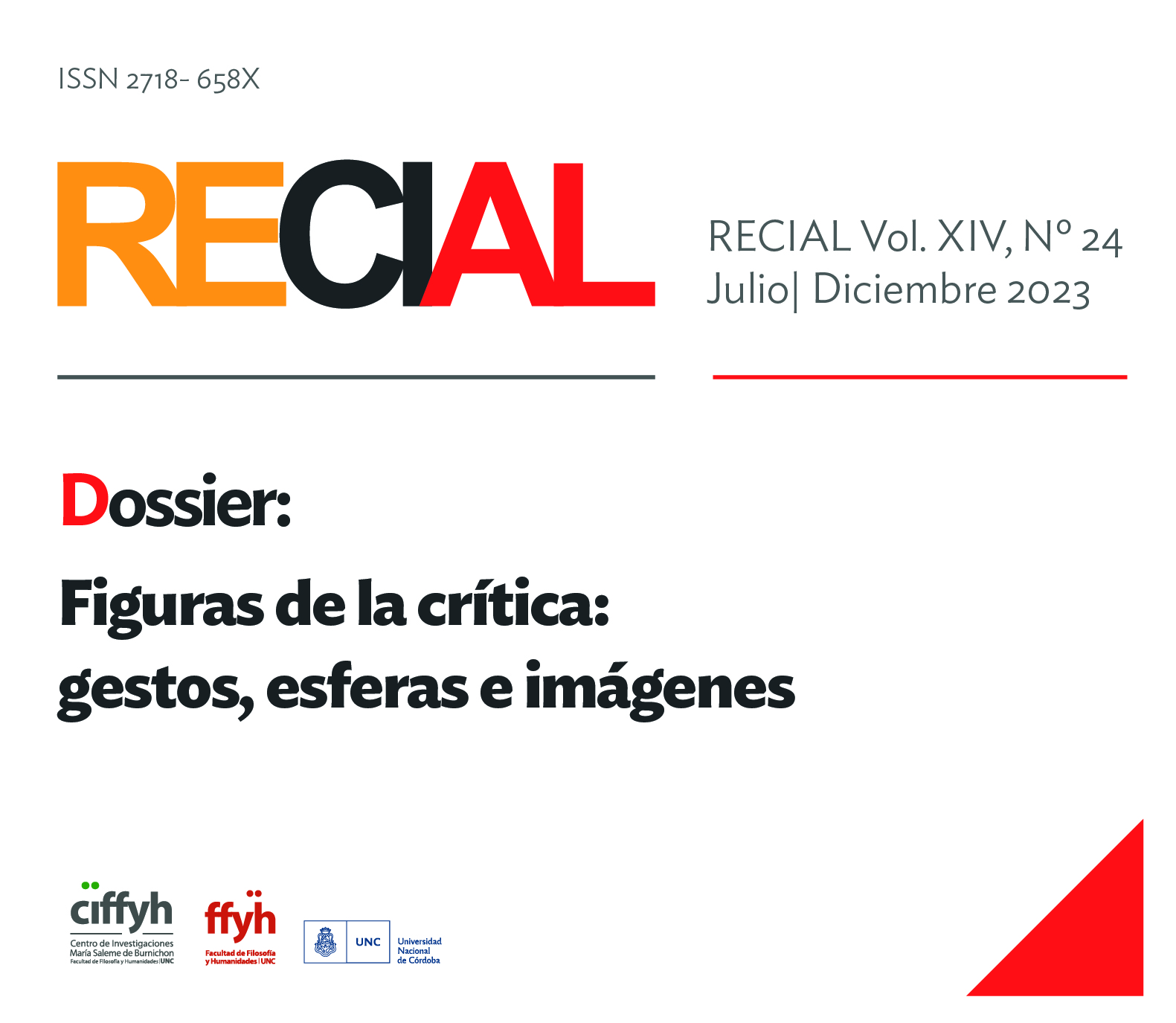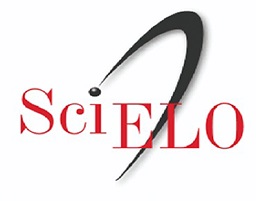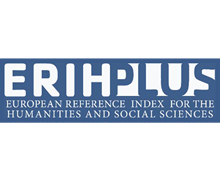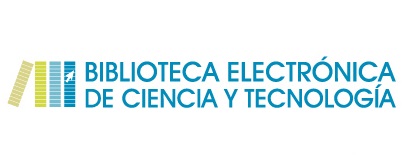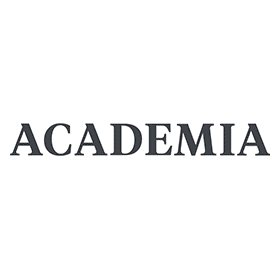The Imagination of the Sign in Contemporary Theory and Critique Inquiries Regarding the Diagnosis of Post-Critique
DOI:
https://doi.org/10.53971/2718.658x.v15.n24.43364Keywords:
post-critique, sign, imagination, linguistic turn, ontological turnAbstract
This paper aims to explore the role of the imagination of the sign in contemporary theory to intervene in the post-critical diagnosis that urges a reevaluation of the effectiveness of critique in light of the challenges posed by climate change. To do so, at first, we propose to point out some of the insistences related to this diagnosis, including: the discussion regarding the scope of the hermeneutics of suspicion; the rejection of the centrality of language, linguistic turn, and text; and the need to experiment with non-anthropocentric modes of thought. While addressing this diagnosis but without giving up the question of language (which remains central to literary critique), following Barthes, we explore the emergence of renewed semiological consciousness that seeks to avoid the closure of the symbolic. With this objective, primarily drawing from the contributions of Sauvagnargues and Kohn, we aim to emphasize the question of signs and language from an 'ecological' perspective that seeks to rethink their status beyond the dichotomous opposition between constructivism and realism.
Downloads
References
Anker, E., Felski, R. (2017). Critique and Postcritique. Durham: Duke University Press.
Barthes, R. (2003). La actividad estructuralista. En autor, Ensayos críticos. (pp. 293-302). Buenos Aires: Seix Barral.
Barthes, R. (2003). La imaginación del signo. En autor, Ensayos críticos. (pp. 285-292). Buenos Aires: Seix Barral.
Biset, E. y Naranjo Noreña, I. (2022). Arqueologías políticas del futuro: de la Aceleración al Antropoceno, [Artículo], Mediações, 27 (1), 1-22. [las traducciones nos pertenecen]
Bennett, J. (2022). Materia vibrante. Una ecología política de las cosas. Buenos Aires: Caja Negra.
Biset, E. (2022). Escena postextual de la teoría, [Artículo], Chuy. Revista de estudios literarios, 12, 124-150.
Foucault, M. (2010) Las palabras y las cosas: una arqueología de las ciencias humanas, México: Siglo XXI.
Foucault, M. (1999). Marx ,Nietzsche, Freud. Buenos Aires: El cielo por asalto.
Holbraad, M. (2022). ¿Puede hablar la cosa?, [Artículo], Recuperado de: https://arqueologiasdelporvenir.com.ar/articulos/arqueologias-del-futuro/
Kohn, E. (2021). Cómo piensan los bosques. Buenos Aires: Hekht.
Latour, (2003). ¿Por qué la crítica se ha quedado sin fuerzas?, [Artículo], Recuperado de: https://arqueologiasdelporvenir.com.ar/articulos/arqueologias-del-futuro/
Maniglier, P. (2017). L’ambassade des signes. Essai de métaphysique diplomatique, [Artículo], Actes Sémiotiques, 120, Recuperado de: https://www.unilim.fr/actes-semiotiques/5872 [las traducciones nos pertenecen]
Sauvagnargues, A. (2022). Una ecología de los signos. Santiago de Chile: Pólvora editora.
Sauvagnargues, A. (2015). Deleuze et l’art. Paris: Presses Universitaires de France. [las traducciones nos pertenecen]
Sauvagnargues, A. (2006). Deleuze. Del animal al arte. Buenos Aires: Amorrortu.
Torres Perdigón, A. (2022). Volver a signos y formas: de ficción, antropología y literatura, [Artículo], Culture Machine, 21, 1-29.
Published
How to Cite
Issue
Section
License

This work is licensed under a Creative Commons Attribution-NonCommercial-ShareAlike 4.0 International License.
Aquellos/as autores/as que tengan publicaciones en esta revista, aceptan los términos siguientes:
- Los/as autores/as conservarán sus derechos de autor y garantizarán a la revista el derecho de primera publicación de su obra, el cuál estará simultáneamente sujeto a la Licencia de reconocimiento de Creative Commons que permite a terceros compartir la obra siempre que se indique su autor y su primera publicación esta revista.
- Los/as autores/as podrán adoptar otros acuerdos de licencia no exclusiva de distribución de la versión de la obra publicada (p. ej.: depositarla en un archivo telemático institucional o publicarla en un volumen monográfico) siempre que se indique la publicación inicial en esta revista.
- Se permite y recomienda a los/as autores/as difundir su obra a través de Internet (p. ej.: en archivos telemáticos institucionales o en su página web), luego de su publicación en la revista. (Véase El efecto del acceso abierto).

